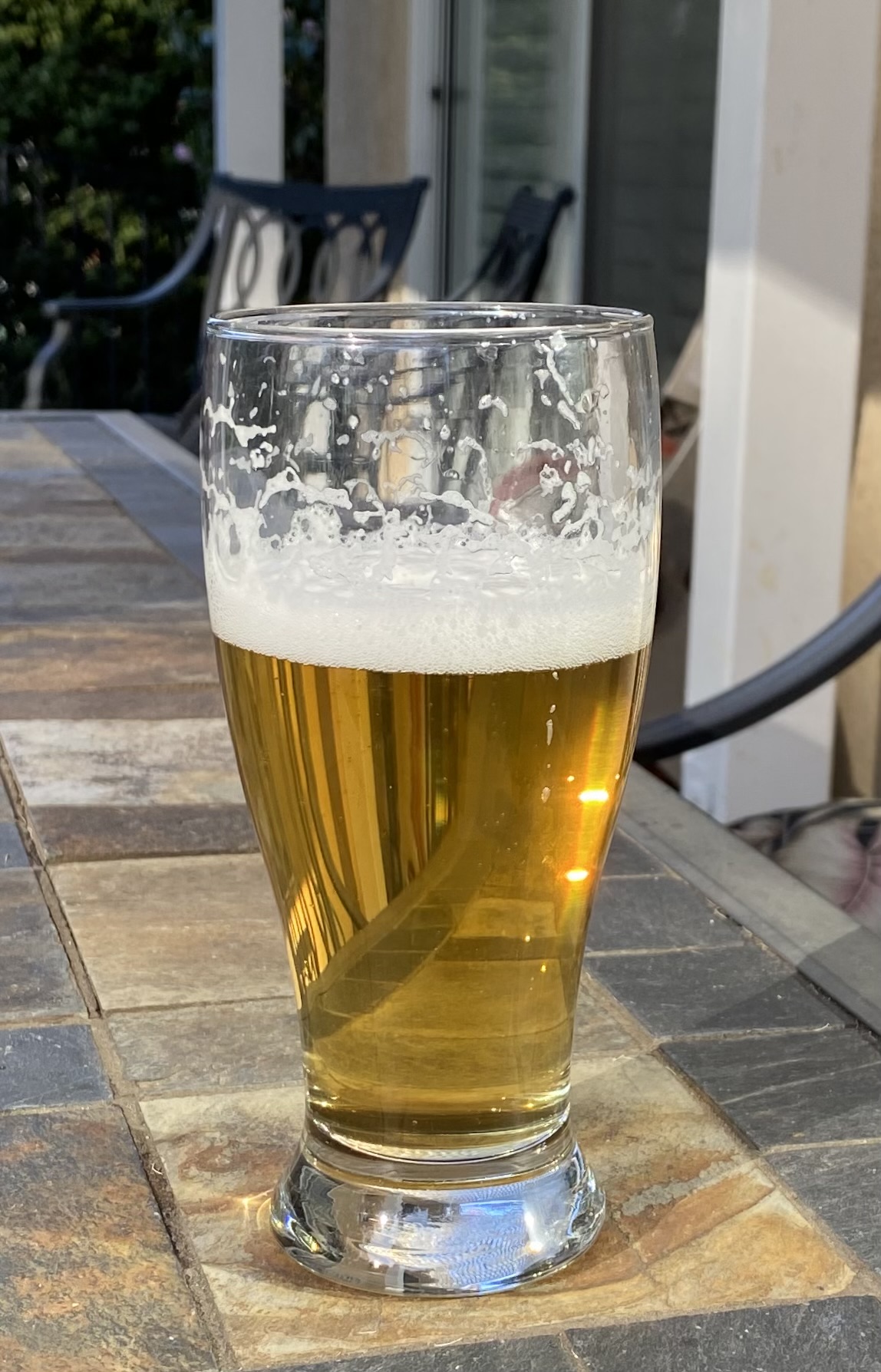twd000
Well-Known Member
I'm interested in evaluating some kveik yeast strains to see which might be viable substitutes for their traditional yeast strains. I'm not interested in any New England hazy IPAs (blasphemy!), or raw ales, or juniper beers. Just your run-of-the-mill BJCP styles
clean, low-ester American Ale - (Omega HotHead?)
ester-forward British Ale - (?)
clean, malty German lager - (Bootleg Oslo? or is this wishful thinking?)
Belgian saison - (?)
any others to try?
I ferment split batches, so I'd like to evaluate the kveik strain vs. the old standby to see if any are worthy of displacing the incumbent yeast strain
clean, low-ester American Ale - (Omega HotHead?)
ester-forward British Ale - (?)
clean, malty German lager - (Bootleg Oslo? or is this wishful thinking?)
Belgian saison - (?)
any others to try?
I ferment split batches, so I'd like to evaluate the kveik strain vs. the old standby to see if any are worthy of displacing the incumbent yeast strain









































![Craft A Brew - Safale S-04 Dry Yeast - Fermentis - English Ale Dry Yeast - For English and American Ales and Hard Apple Ciders - Ingredients for Home Brewing - Beer Making Supplies - [1 Pack]](https://m.media-amazon.com/images/I/41fVGNh6JfL._SL500_.jpg)
















